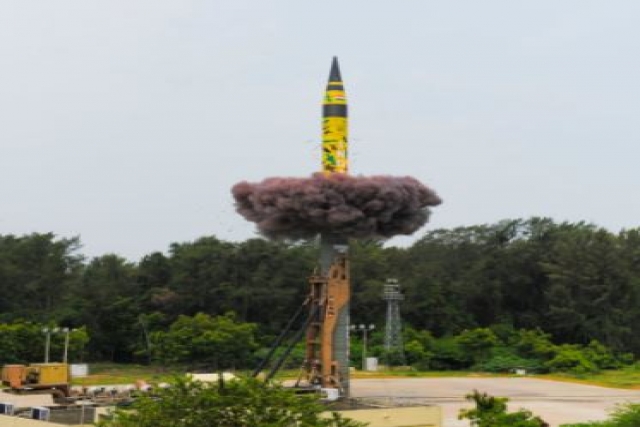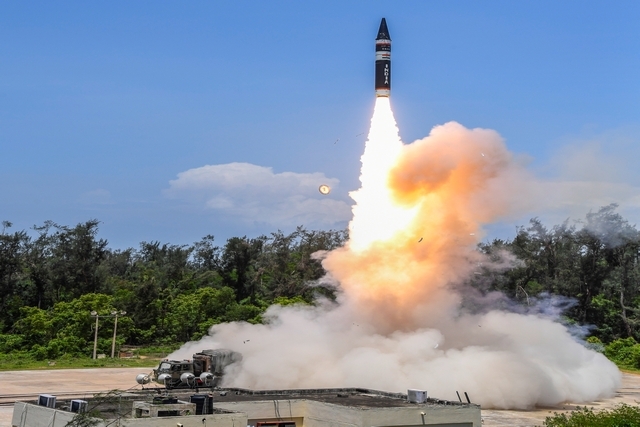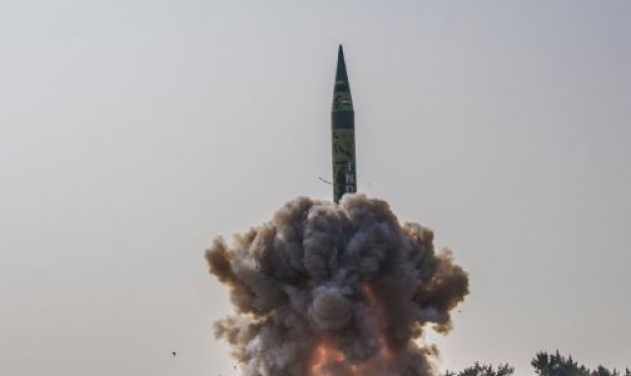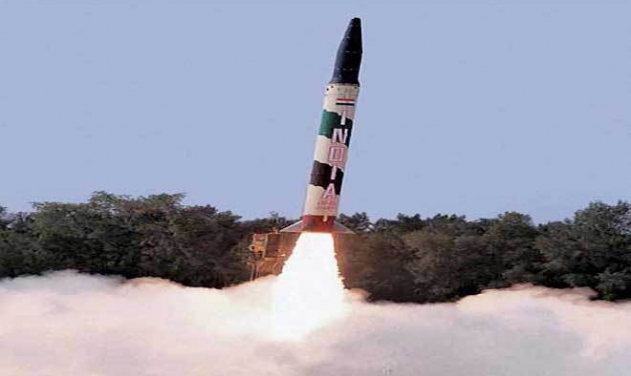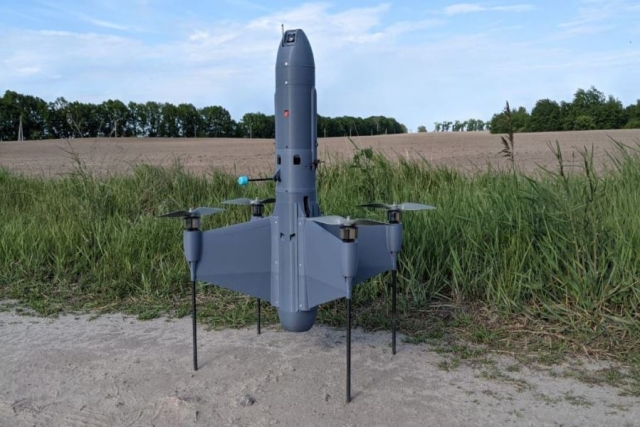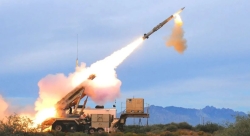India Tests Intermediate-Range Agni-Prime Missile from Rail-Based Launcher
Rail-based launchers offer mobility, concealment, rapid deployment, flexible launch locations, increased survivability, and sustained strike capability
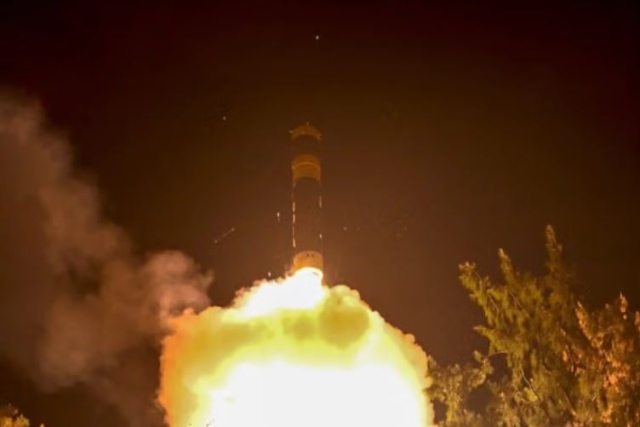
India on Thursday test-fired its intermediate-range Agni-Prime missile from a rail-based mobile launcher, marking the first-ever launch of the missile from a platform integrated with the national railway network.
Defence Minister Rajnath Singh confirmed the test on X, calling it a "first-of-its-kind launch" and shared videos of the missile’s lift-off.
Designed to cover up to 2,000 km, the Agni Prime missile is equipped with latest independent launch features, including state-of-the-art communication and protection systems. The rail-based mobile launcher allows the missile to move across the country without preconditions, enabling rapid deployment, reduced visibility, and cross-country mobility.
“This test has put India in the group of select nations that have developed canisterised launch systems from on-the-move rail networks,” Singh said, congratulating the Defence Research and Development Organisation (DRDO), Strategic Forces Command, and the Armed Forces.
Similar systems have been developed by Russia, the United States, and China.
The launch follows the missile’s road-mobile trials. Rail deployment conceals missiles until launch, shielding them from satellite surveillance and enhancing survivability. While limited by track availability and targeting precision, rail-launched systems provide India greater operational flexibility, additional storage options, and sustained strike capability in a first-strike scenario.
According to the country’s Ministry of Defence, the missile’s trajectory was monitored by multiple ground stations, and the launch met all mission objectives, paving the way for future induction of rail-based missile systems into operational service.
